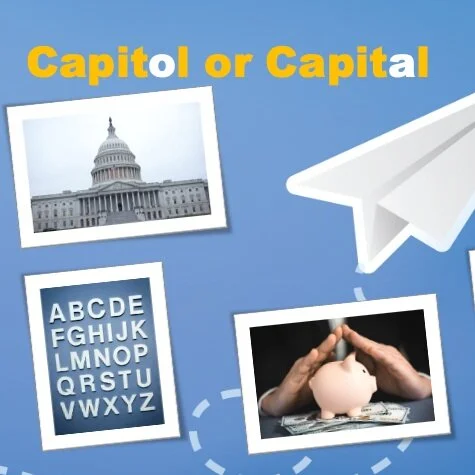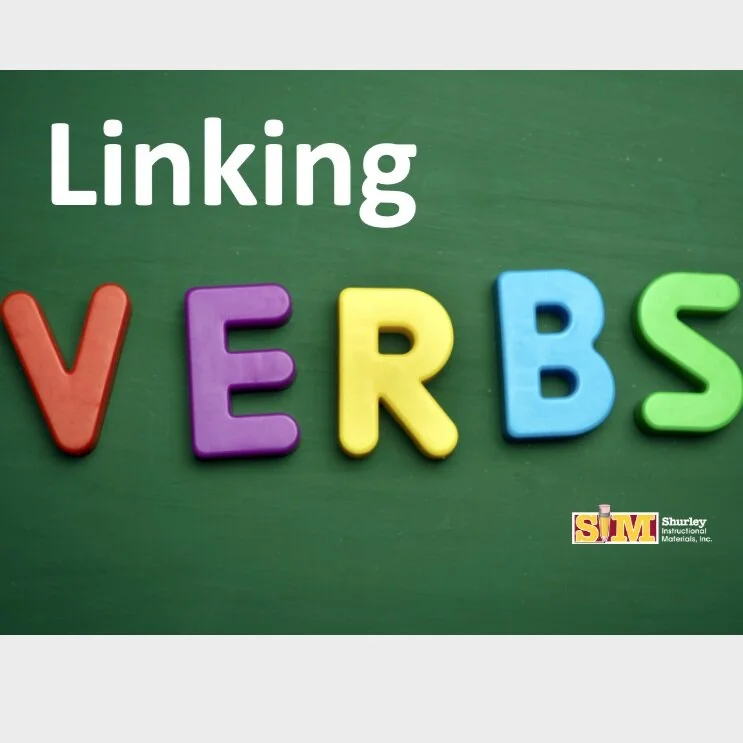The Shurley English curriculum is uniquely designed to teach students about language arts in a logical, sequential, and systematic way. Each feature of the curriculum scaffolds into the next as students learn how to make the connection between grammar, writing, speaking & listening, and reading. So, have you ever wondered if a lesson could be taught out of order? As a consultant, I’ve heard this question before, and the short answer is: Teach it in sequence. Let me explain.
Periodically, you may need to locate a specific English Language Arts (ELA) rule or to teach a skill in isolation, and that is fine; however, you must realize that Shurley English follows a distinct scope and sequence. The scope includes the depth and breadth of ELA skills being taught in a specific grade level and the development of that content across grade levels. The sequence includes the order in which the ELA skills should be taught within each grade level and across grade levels.
Most ELA skills are taught and practiced in ways that are unique to Shurley English. The techniques for teaching these English skills have been carefully developed to make sure students understand the entire thought process necessary to learn a new skill. The curriculum is designed to provide ample practice so that students can master concepts.
The Question & Answer Flow (Q&A Flow) is a multi-sensory strategy that teaches students how to identify and label the role of each word used in a sentence. The Q&A Flow must be taught in a succinct, consistent order for abstract language arts concepts to become clear and logical to all learners. Teachers must follow the oral classification scripts provided in the teacher’s manual with fidelity.
Shurley English writing instruction uses student-friendly writing scaffolds that pave the way for exceptional writing. Chapter 4 (in most grade levels) teaches students about the traits of effective writing as well as the six steps of the writing process. Once students learn how to engage in each step of our standard writing process, it is okay to teach any particular purpose for writing out of sequence if the need arises. In some states, one particular writing genre might require attention earlier in the school year than it is taught in the curriculum. As long as the writing steps have been mastered by your students, just use your best judgment about teaching the genres out of order to fulfill those requirements.
So, let’s get back to the original question of teaching Shurley English out of order. While some teachers may know the curriculum through and through, it is best to teach Shurley English curriculum in sequence. That way, you won’t miss any of the phenomenal growth and success your students will have when they learn English the Shurley English way!

























































































































